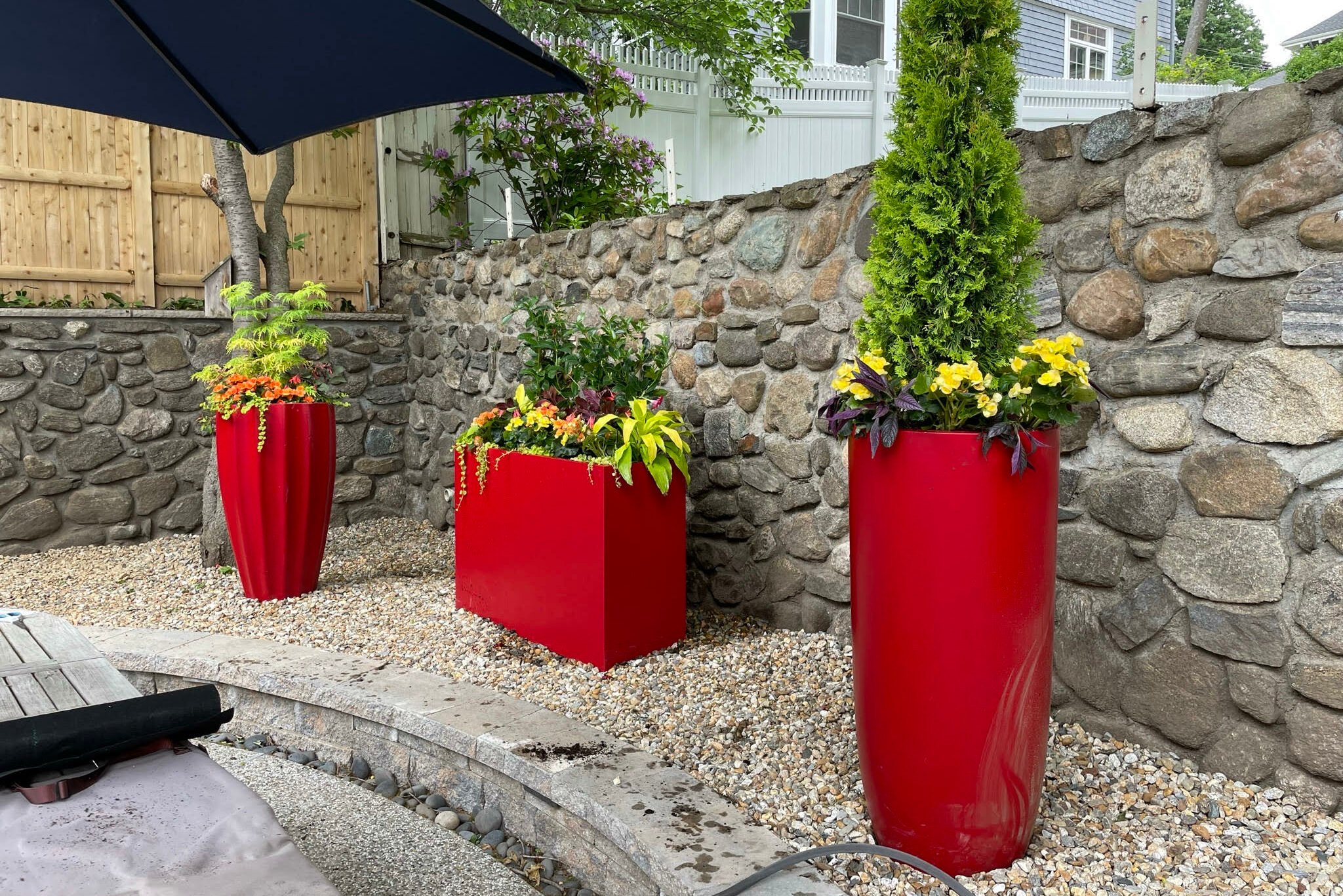
Trends and Innovations in Wholesale Nursery Pot Design
The horticulture industry is witnessing a dynamic shift in the design and functionality of wholesale nursery pots. This evolution is not just a matter of aesthetic enhancement but also encompasses environmental concerns, efficiency in cultivation, and advancements in material technology. Understanding these trends is crucial for nurseries, commercial growers, and retailers.
Understanding the Role of Wholesale Nursery Pots
Wholesale nursery pots are a crucial component for successful plant growth, as they provide the right environment for roots to thrive, ensure efficient water management, and contribute to overall plant vitality.. The importance of these pots in the supply chain of horticulture products is immense, making their design and functionality key areas of focus for manufacturers and users alike.
Key Factors Driving Innovations
Several factors are driving innovations in wholesale nursery pot design:
- Environmental sustainability: There’s a growing demand for eco-friendly materials in pot manufacturing.
- Efficiency in cultivation: Designs that promote better root growth and ease of handling are in demand.
- Aesthetic appeal: Retailers and consumers increasingly prefer pots that are visually appealing.
- Durability and cost-effectiveness: Balancing longevity with affordability is a key challenge.
Current Trends in Wholesale Nursery Pot Design
The following trends are shaping the future of wholesale nursery pot design:
- Eco-Friendly Materials: Pots made from biodegradable materials or recycled plastics are gaining popularity. These pots not only reduce the carbon footprint but also offer new disposal options like composting.
- Smart Pots: Innovations include pots with built-in sensors for moisture, nutrient levels, and even growth monitoring. These smart pots are revolutionizing how nurseries monitor plant health.
- Improved Drainage Systems: Enhanced designs for better drainage are crucial in preventing root rot and other water-related diseases.
- Modular Designs: Pots that can be easily stacked or combined to save space are becoming increasingly popular, especially in urban nurseries with limited space.
- Customizable Options: Pots with customizable features like interchangeable colors or attachable labels are trending, as they cater to specific marketing needs of retailers.
The Impact of Technology
Advancements in manufacturing technology have allowed for more intricate designs and durable materials in pot production. 3D printing, for instance, is opening up possibilities for custom shapes and sizes that were previously unfeasible.
Innovations in Material and Design
Innovative materials are at the forefront of the latest trends in pot design:
- Biodegradable pots: These pots, made from materials like coconut husks or rice husks, decompose naturally, reducing waste.
- Water-efficient designs: Pots that help conserve water or optimize watering schedules are in demand, especially in regions with water scarcity.
- Temperature control: Some pots are designed with materials that help regulate soil temperature, which is crucial for certain plant species.
The Rise of Aesthetic Functionality
Aesthetics are playing a bigger role in pot design. Pots with artistic designs or those that mimic natural textures like stone or wood are becoming popular. This trend caters to the increasing use of plants in interior design and landscaping.
Challenges and Future Directions
While there are many innovations, challenges remain. One of the main challenges is balancing cost and sustainability. Eco-friendly materials can be more expensive, making them less accessible for some nurseries.
The Future of Nursery Pot Design
Future trends may include more integration of technology, such as IoT (Internet of Things) connectivity for smart monitoring, and further advancements in biodegradable materials. There’s also potential for more collaboration between pot designers and plant scientists to create optimal growing conditions.
Conclusion
The trends and innovations in wholesale nursery pot design reflect a growing awareness of environmental issues, a push for efficiency in horticulture, and a recognition of the aesthetic value that plants add to spaces.



